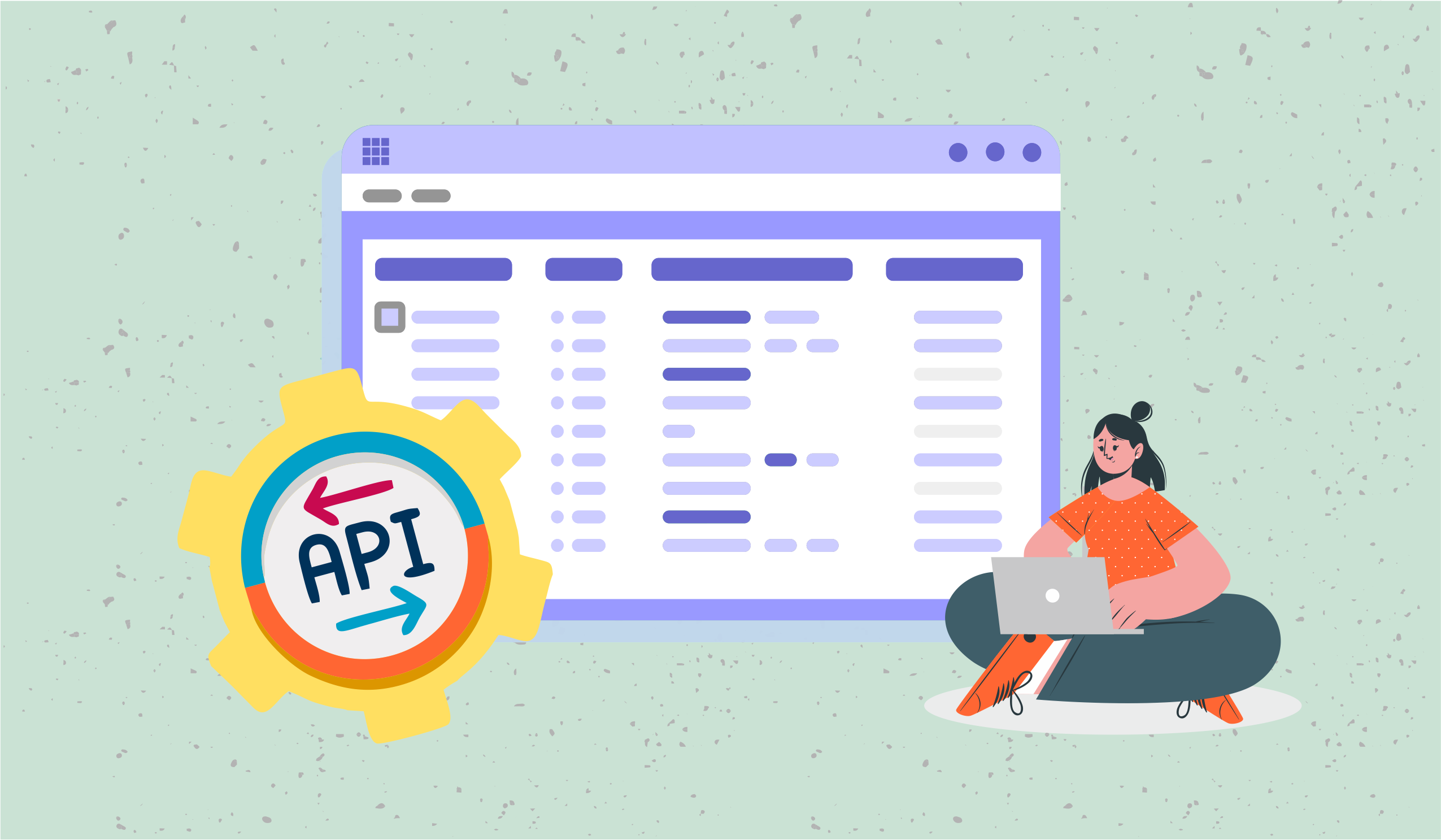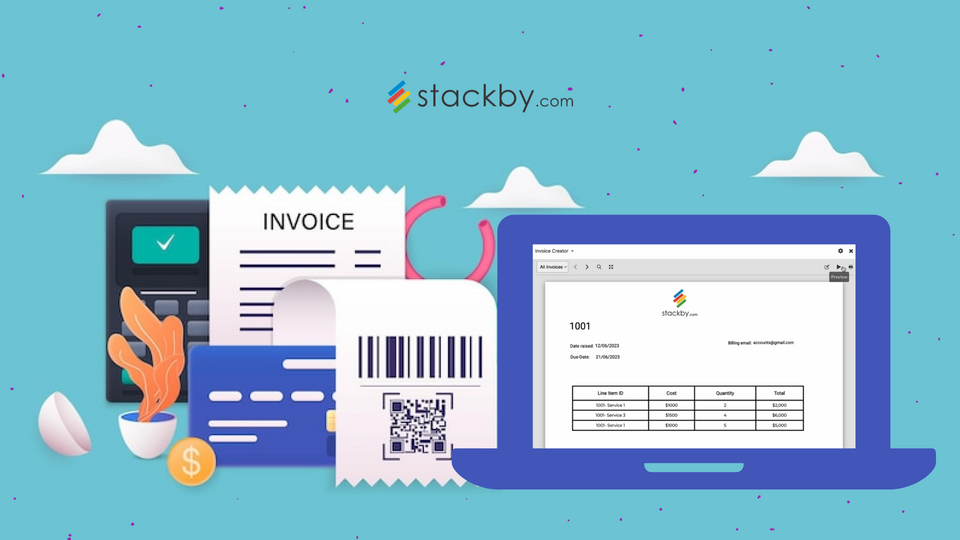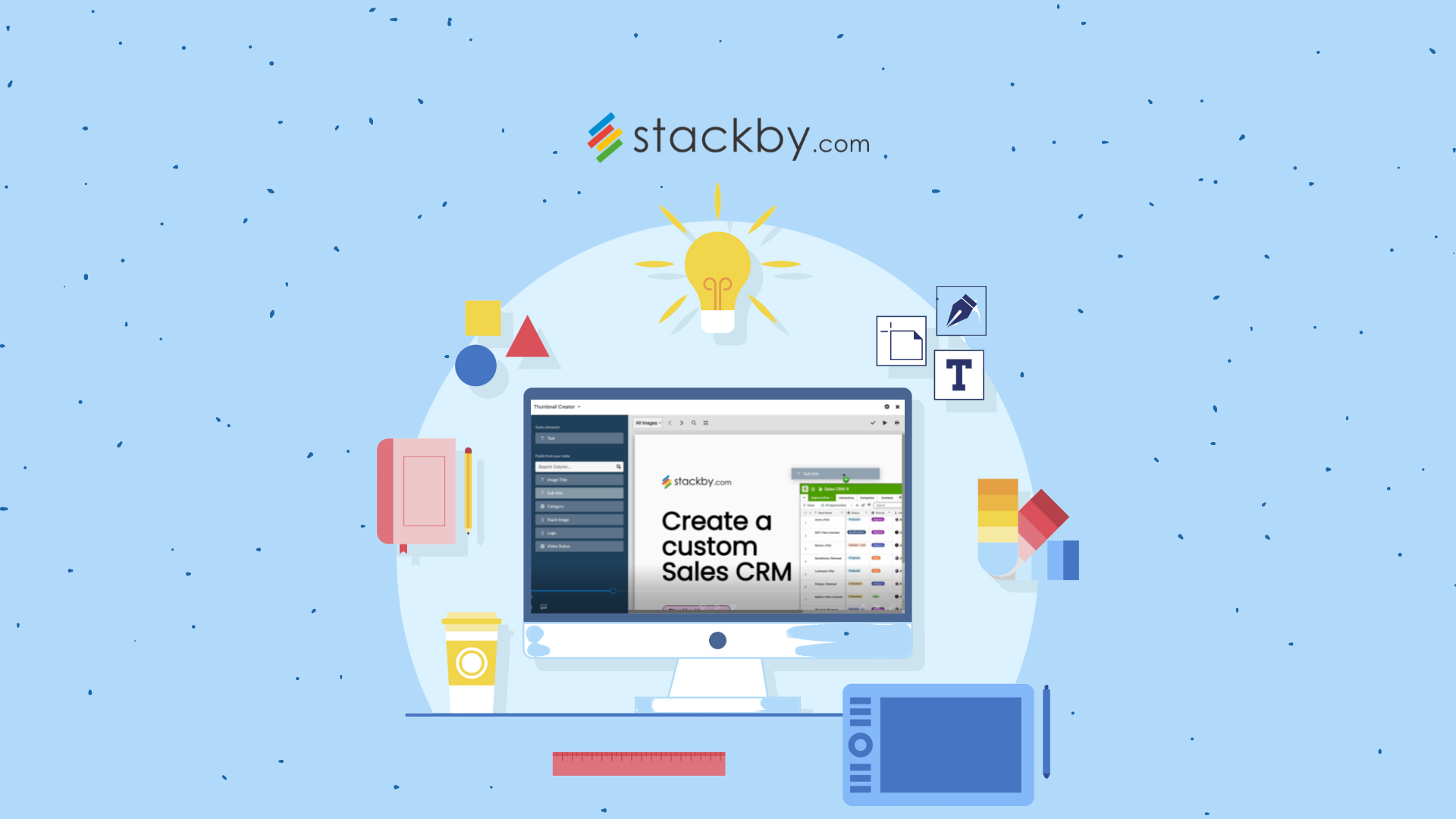Supercharge Your Work with Stackby Checklists
Unlock ultimate efficiency with Stackby checklists. Streamline tasks and boost productivity effortlessly. Discover how today!
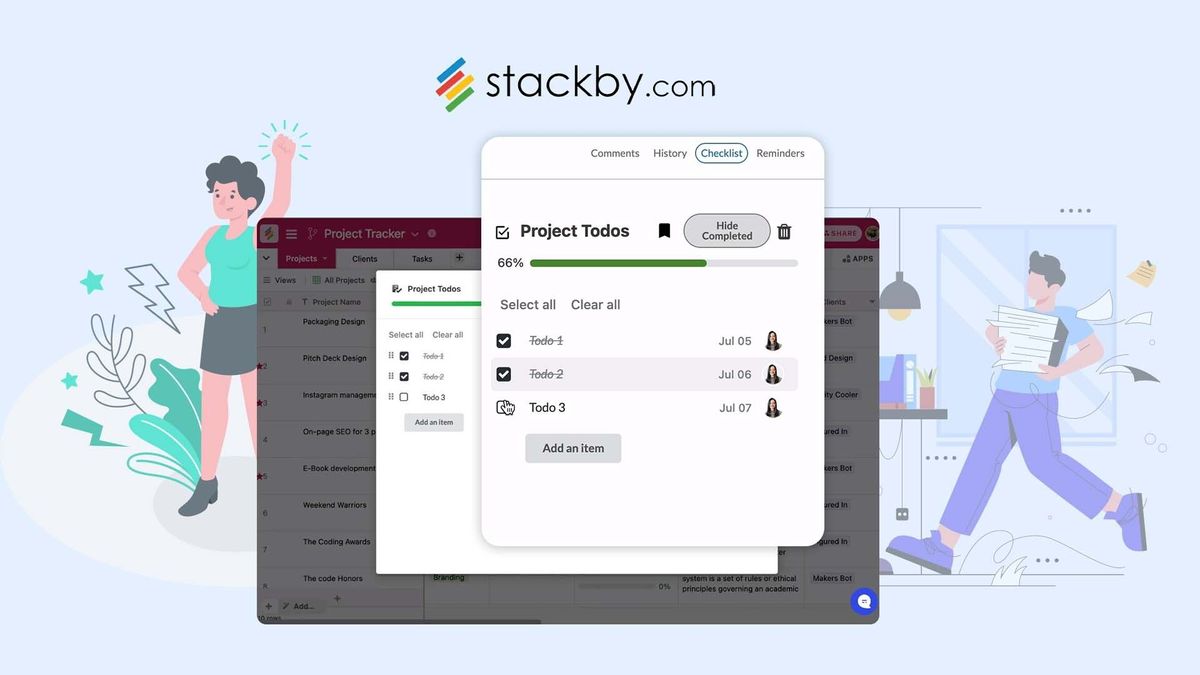
In today’s fast-paced work environment, keeping track of tasks and ensuring everything gets done efficiently is crucial. Enter Stackby's Checklist feature—a game-changer for task management that can elevate your project management to new heights. In this blog, we’ll explore the significance of checklists, introduce the new checklist column type, and provide a step-by-step guide on how to use this feature effectively. Whether you're managing projects, social media calendars, or sales CRM, Stackby's Checklists have got you covered.
The Importance of Checklists in Project Management
Checklists are a simple yet powerful tool in project management. They help break down tasks into manageable steps, ensure consistency in processes, and improve productivity. By keeping a visual track of completed and pending tasks, you can avoid missing deadlines and maintain high-quality standards. Studies have shown that using checklists can increase efficiency by up to 20%, making them an indispensable part of any project management toolkit.
Introducing the Checklist Column Type
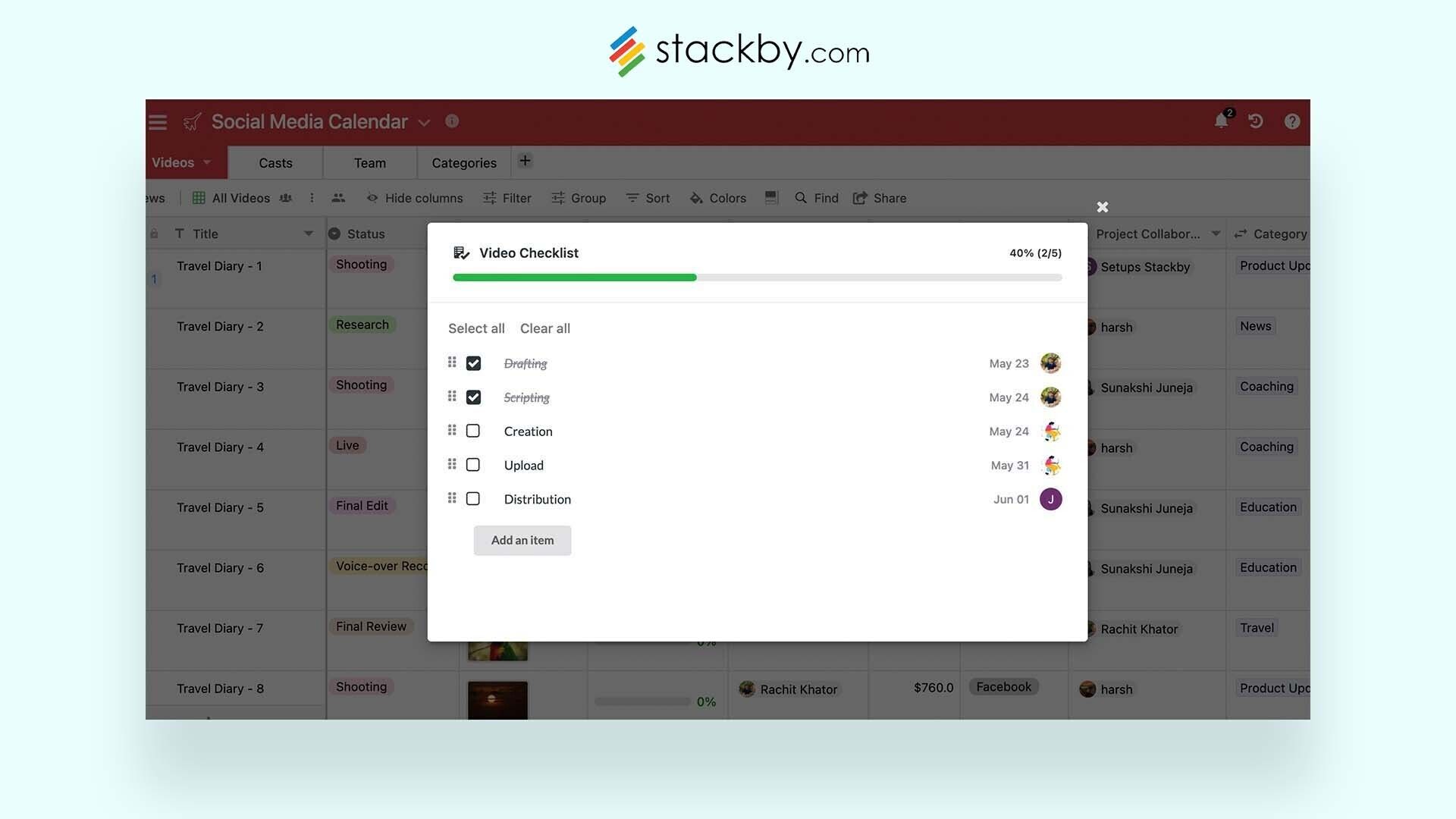
Stackby’s checklist column type allows you to create, customize, and manage checklists within your tables. This feature is designed to streamline your workflow, ensuring that every task is accounted for and completed on time. With the ability to assign due dates, people, and other task-specific details, you can maintain a clear overview of your project’s progress.
How to Use the Checklist Column Type
- Assign Due Dates and People: Start by creating a checklist for each task or record in your table. You can assign due dates and designate team members responsible for each item, ensuring accountability and timely completion.
- Make a ‘Checklist’ Template: Create a standard checklist template for recurring tasks. This feature is particularly useful for maintaining consistency across similar projects. Click on “Mark as Template” next to your checklist name to save it as a template.
- Copy Checklist Templates to Records: Once you have your template, you can easily copy it to any record. Expand another record, click on the “Copy from Template” button, and select the checklist you want to add. This feature saves time and ensures uniformity in task management.
- Apply Checklist Template to All Rows: If you need to apply a checklist to multiple records, simply click on the view menu and select “Apply Checklist to All Rows.” Choose the checklist from the list, and it will be added to every record in the view.
Considerations for Using Checklists
- Plan Availability: Checklists are available on various Stackby plans, so make sure you are on a plan that supports this feature.
- Formatting Options: Customize your checklists with different formatting options such as progress bars and formatted text to make them more visually appealing and easier to follow.
3 Templates to Use Checklists In
1. Project Tracker Template:
Keep track of all project tasks, deadlines, and assigned team members in one place. Use checklists to ensure every step of your project is completed without a hitch.
👉Please ensure you never miss a step by incorporating the project tracker template, which features built-in checklists for project delivery excellence.
2. Social Media Calendar Template:
Plan, schedule, and track your social media posts. Use checklists to manage content creation, approval, and posting schedules.
3. Sales CRM Template:
Manage your sales pipeline with ease. Use checklists to track interactions, follow-ups, and deal closures.
Stackby’s checklist feature is a powerful addition to your project management toolkit. By leveraging this feature, you can enhance productivity, ensure consistency, and keep track of all your tasks effortlessly. Whether you’re managing complex projects, planning social media content, or handling sales activities, Stackby’s checklists can help you stay organized and efficient. Start using checklists today and experience the difference in your workflow!
This article was originally published in July 2024 by Stackby Content Team. The most recent update was in July 2025.

